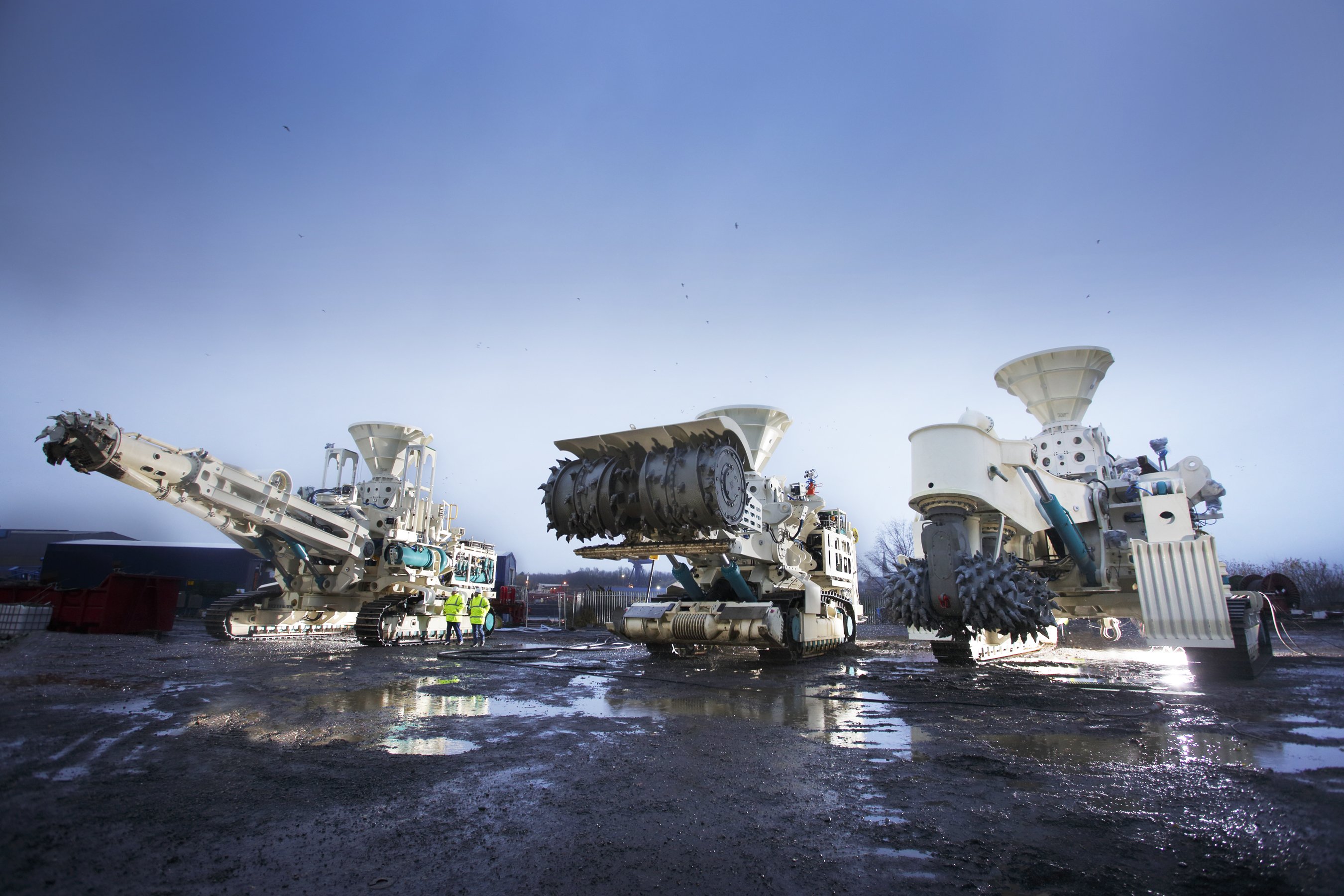After a hiatus, we’re back with three episodes in just one post! Don’t say I never did anything for you.
Episode 11: The Regulator. We are 11 episodes into the first season of seaQuest DSV, and The Regulator is the first character to actually be surprised that the dolphin can talk. He’s is also the first look we get at environmental extremism in the seaQuest DSV universe. The Regulator, an old friend of Captain Bridger (because like every other sci-fi epic, despite existing in a near limitless world, everyone knows everyone else), is perhaps a poor representative for Team Green. His life as a trader is merely a front for his real mission, to prove some bizarre theory called Spherical Evolution that requires him to kidnap Darwin the dolphin and use him to find the center of the universe. I think.
It’s gibberish, but at least it’s fun gibberish. Plus, he named the monkey Verne.
So the plot is pretty basic, but we do get one glimpse into our own reality, when the Regulator name checks Duke University research on hemosponge, a material that extracts oxygen from seawater and could allow researchers to create artificial gills. Maybe. Hemosponge and liquid oxygen research was huge in the 80s, and a popular trope for science fiction (that scene in The Abyss with the rat was real, they really submerged a rat in a vat of liquid oxygen, which it could sort-of breathe); though it didn’t deliver on its more grandiose promises, it did lead to some significant discoveries in chemistry and physiology.
Hemosponge uses hemoglobin, mixed with a polymer, to create a spongy filter material that extracts oxygen as seawater passes through it, though obviously not with enough efficiency for anyone to actually use as an artificial gill. Consider that even at 100% efficiency, in order to extract enough oxygen from seawater to breathe normally, you would need to pump 20 liters of seawater every minute. And you better hope that you don’t hit an oxygen minimum zone while diving on artificial gills. This is why the goofy Triton Gills IndieGoGo campaign was almost immediately identified as a scam.
Incidentally, and flying in the face of my jab at everyone in science fiction knowing everyone else, the lead hemosponge researcher at Duke University was Dr. Joseph Bonaventura, who also happened to be my wife’s landlord in graduate school. Some of the equipment from those early hemosponge experiments were stored in her garage. So maybe everyone knowing everyone in the ocean isn’t that far-fetched.
This episode is also the first where we get an explicit anti-captivity message, which is rare for the early 1990’s.
Episode 12: seaWest. The episode is…the most literal possible interpretation of deep-sea mining. It’s a classic space-western, a wild west cowboy town set in the future that somehow seems to embrace 19th century aesthetics and values. Which I always find weird, but hey, it worked pretty well for Firefly. It’s a paint-by-numbers corrupt sheriff plot that doesn’t need a ton of unpacking. But it’s deep-sea mining, and I could talk for days about deep-sea mining.
I have a PhD in deep-sea mining.
Deep-sea mining isn’t going to look like a frontier village in the old west which is also, somehow, at the bottom of the ocean. At its best, deep-sea mining will look like massive robots crawling across the seafloor, targeting mineral-rich ore deposits and supported by an aircraft-carrier-sized surface vessel. These machines are real, and they’re really undergoing testing in the ocean, right now.

via Tech Insider
At its worst, deep-sea mining will look like a massive dredge dragged across the seafloor, destroying everything in its path.
I say “best” and “worst” as if we had some practical assessment of the scale of damage and the rate of recovery from these methods. Deep-sea mining is targeting some of the richest, most biodiverse regions of the seafloor, including the rare and wonderful deep-sea hydrothermal vents. Despite decades of study, the honest answer to the question “what impact will deep-sea mining have on the long-term resilience of the ocean?” is still “we really don’t know.”
On a lighter note, this episode really showed off Stacy Haiduk’s acting range. And westerns are fun.
Episode 13: Photon Bullet. Seth Green, who plays a werewolf on Buffy the Vampire Slayer, plays a hacker named Wolfman in this episode. This amuses me. Tuvok is there, pre-Voyager, and he definitely knocks someone out with a Vulcan nerve pinch. Also: is Darwin, an adult, sentient, talking dolphin, really able to watch a teenage boy sleep, like, all the time? That seems weird to me.
In “Photon Bullet,” the seaQuest team visits a hacker collective at the bottom of the sea and Lucas is invited to join them. In the end, it turns out that they’re a cult of technoanarchists trying to hack the world bank to redistribute wealth around the globe, as well as control elections. With the exception of their leader, they are all teenagers. Because teenagers taking control of the world financial system is a really good idea. So Lucas has to fight back, reveal proto-Tuvok’s dark secret (he had to kill someone, once, which, I mean, sure, but the seaQuest is an actual warship that has fired on and sunk other vessels, and at this point in his career, Bridger has definitely killed people), and call the seaQuest back to put everything right.
“Photon Bullet” is a pretty good bit of Saturday Morning Cyberpunk and the hacking isn’t embarrassingly bad. There’s no scenes of two people typing on a single keyboard or weird video game analogs, just people staring at monitors while typing and snacking. Though I’m pretty sure at some point someone busted out a Powerglove.
This is near-future cyberpunk, so let’s see how well they predicted the digital future: missing from the world are smartphones, tablets, keyboards that don’t look awful, laptops, and clothes that aren’t just the worst. They do have those nifty Cisco speakerphones pretty much everywhere, which actually is shockingly accurate. I haven’t been to a marine laboratory anywhere in the world that doesn’t have those exact same phones, with a form-factor that hasn’t been updated in 2 decades. The chat rooms and clunky video games look awful with boxy, slow interfaces, though at least there’s a hint of social media. So I give them a 75/100. They didn’t predict anything insanely implausible and the stuff they did show is a reasonable extrapolation from the early 1990s.
They did get one huge thing right, and it’s something we often forget about. The internet is not a carefully crafted, well-oiled, precision machine. Rather, it’s a pile of new tech stacked on top of aging infrastructure and legacy systems barely held together with bubblegum and kludge. It is enormously fragile and susceptible to physical penetration at critical points. The massive network of subsea cables, which looks like this, by the way, is vulnerable to everything from surveillance hacks to shark attacks.
The future is kind of a mess.
Want more stories like this? Become a subscriber and support the site!
Andrew Thaler is a deep-sea ecologist and conservation biologist who runs the marine science and conservation blog Southern Fried Science. You can support his various and sundry ocean outreach projects on Patreon or check out his maritime-y science fiction novels. Follow him on Twitter, where he’s happy to answer question about deep sea ecology and exploration.
—The Mary Sue has a strict comment policy that forbids, but is not limited to, personal insults toward anyone, hate speech, and trolling.—
Follow The Mary Sue on Twitter, Facebook, Tumblr, Pinterest, & Google+.








